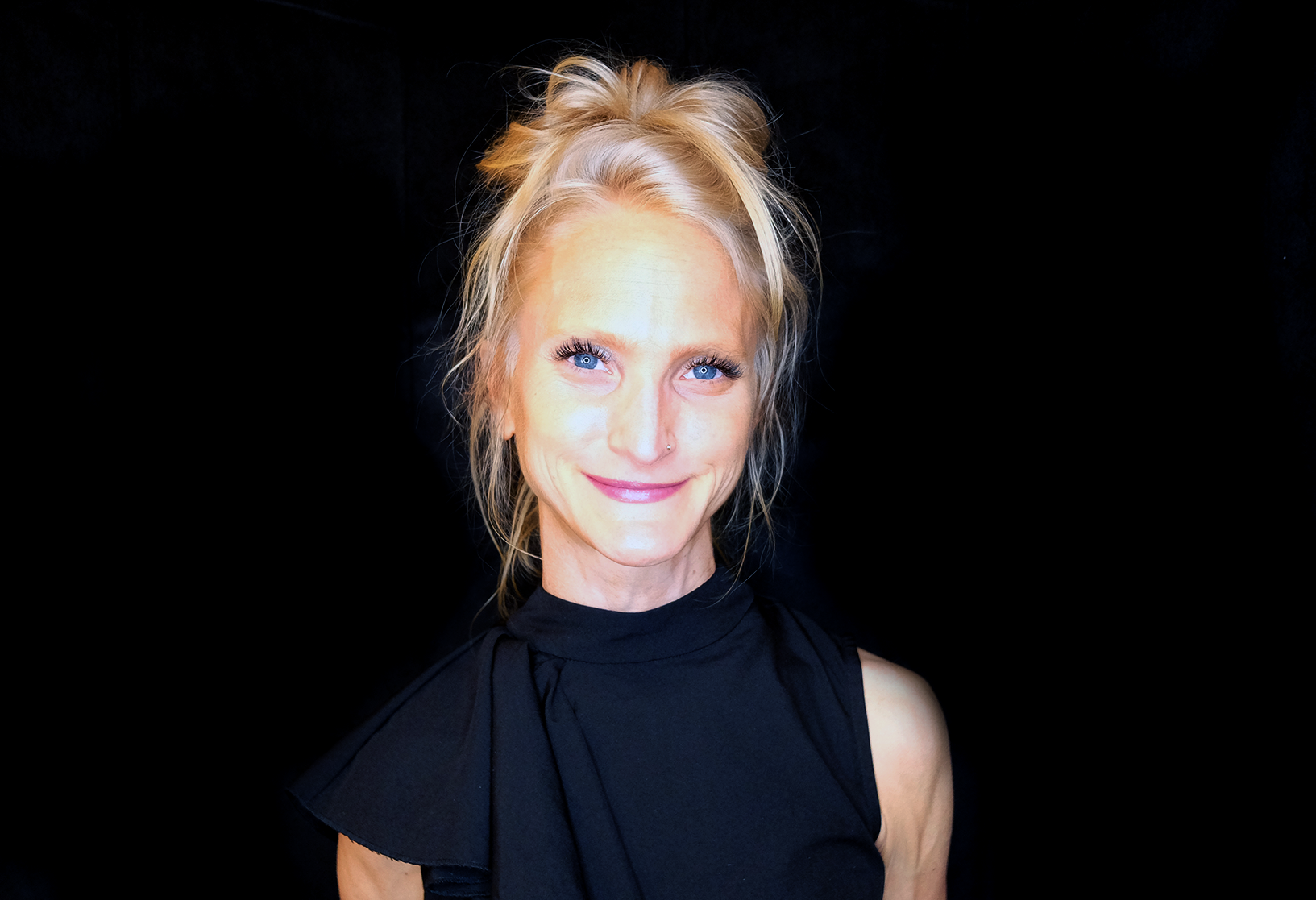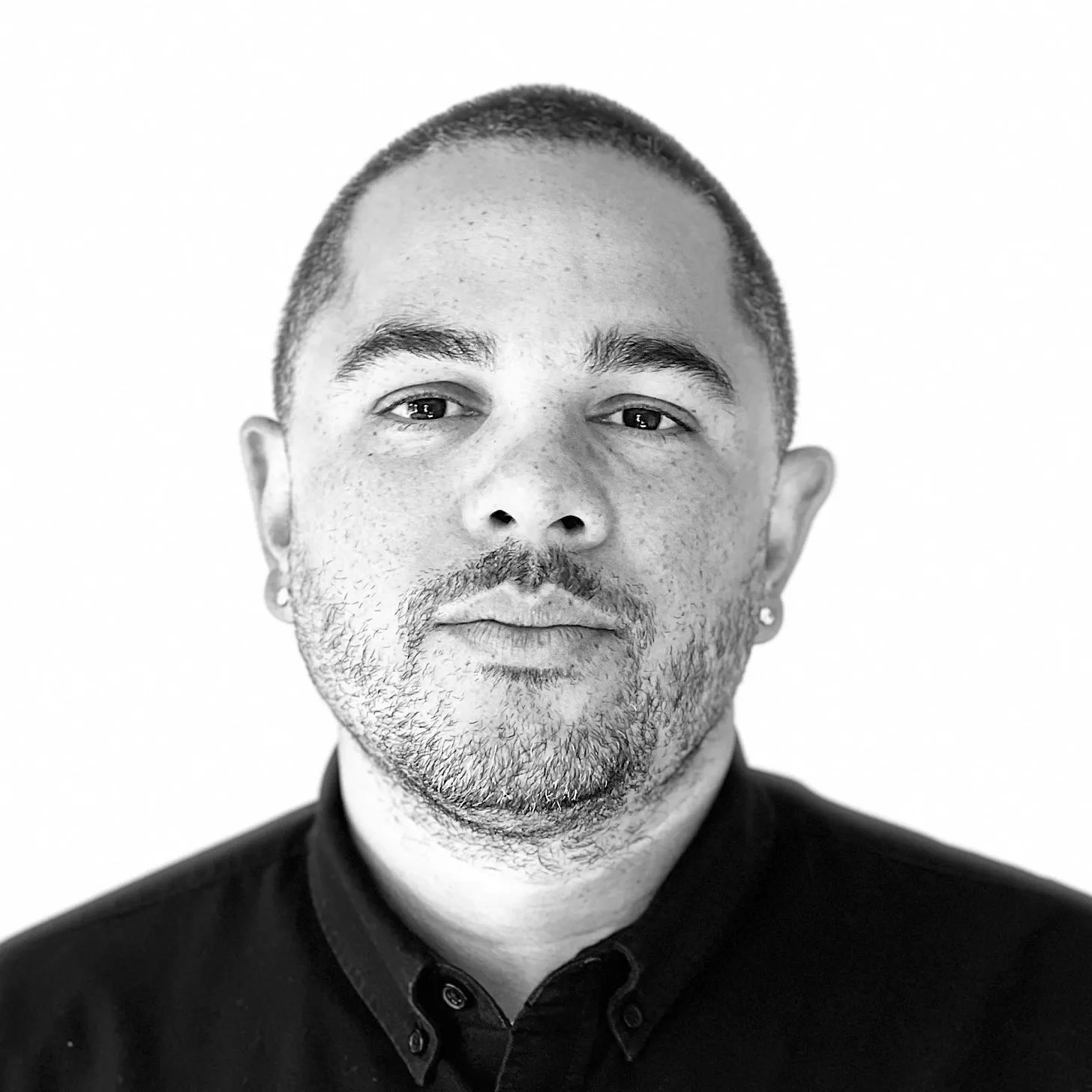What type of content do you primarily create?




If you have an interview podcast and you’re looking to grow your audience, congratulations: you already have built-in growth potential. That’s because interview podcasts are interactive by their nature, and the more interactive your podcast is, the more it can be seen as a community, a dynamic home to multiple voices, and a platform set up to build bridges and cross into other worlds.
If you have a podcast that doesn’t include interviews, you can still borrow some of that magic for yourself. Think about ways you could introduce the occasional interview into your show. It could be a great chance to relaunch yourself, do a miniseries, or freshen up your content.
Here are three ways you can take advantage of the interactive power of an interview podcast to grow your audience.
1. Use a defining question
What is a question or prompt that could be used to define your podcast? If it’s a food podcast, is it, “what’s your favorite ingredient to cook with?” If it’s a car podcast, is it “what was your first car?” What’s something to get people to tell a story that you can use for user-generated content? Figure out what that is. That’s your podcast’s defining question.
Ask your defining question to anyone you interact with about your podcast, including:
- People who pitch you to be on your podcast. I bet you get a lot of pitches from people who want to be a guest on your show. You can’t say yes to all of them. Tell them that instead of being a guest, you’d like them to send you a five-minute (or less) voice memo about your podcast’s defining question.
- People who you’d like to interview but who might not have time. This is a much lower lift for them.
- Someone in your industry you want to know better. This is a great way to deepen that LinkedIn connection.
- Your listeners! Bringing your listeners into the show is always a good idea. Start an email address and have them send their voice memos in.
You can tack this mini-segment onto the end of one of your episodes as is, or publish it as a new episode under a miniseries. I’d title the series after your defining question, then use that title each time you want to publish one of these minis. Each time, give a little intro about why you’re switching things up and what people can expect to hear.
A few reasons this is a good idea:
- If you make a good episode featuring someone’s voice memo, they’re likely to share.
- It’s engaging content that gets people raising their hands and saying, “I want to talk about that, too!”
- Having short episodes between longer ones gives your listeners a new way to enjoy your content, and a way for people who are new to your show to test you out.
- You can also ask people to say something about this prompt in their Apple Podcasts reviews. Sometimes people will want to leave a review but won’t know what to say. Giving them a prompt helps them know where to start.
2. Ask past guests to put their interview onto their podcast feed
Often when I’m pitching my clients to be a guest on other shows, the person I’m pitching will say “Can I be on their show, too?” Sometimes my client doesn’t have an interview show, or they have a limited series and are already done scheduling interviews. So I have to say, “Sorry, but no.”
But if you’ve featured a guest on your interview podcast, you’ve already done them a favor. So it’s not too much to go back to the people you’ve interviewed that have podcasts and ask them to put your interview with them on their feed. Make a list of your past guests who have (or had) podcasts with the link to their episode, the link to their podcast, and their email address. Once that list is built, get emailing!

Make sure to give specific instructions about what the copy should be, including all the links and show notes, and where people should go to learn more. Make the copy specific to the person who will be reading it. That part should be easy, since you’ve already interviewed them. You’re old pals!
Tell them not to worry about a specific date. They can save it for the holidays or when they’re hoping to take some time off.
If they’re nervous about putting another show in their feed, tell them they can delete the file after 30, 60, or 90 days. You’ll still get a lot of people listening and they’ll leave the partnership with a clean feed.
This is also a great way to incentivize yourself to do a really good job interviewing. Do all your reading and listening, know your guest’s background, surprise them with what you know, and even consider having a pre-interview before you interview them. Listen to their other interviews and ask them questions no one else asks. Doing an exceptional job will make it more likely they’ll want to share the interview with their audience.
If you’re nervous about asking someone to do this, remember: this interview is a great chance to let that person’s listeners hear a new side of them. Their audience is used to hearing the host asking other people questions, and this way they can see the tables turned. Listeners and fans will love that. That’s the value add.
3. Think in themes
I’ve written about how a great way to build some buzz around your show is a miniseries. If you have an interview show, you can do this with very little work — just a bit of planning.
Instead of interviewing people every week based on the theme of your show, break it down into mini themes and interview people around that niche theme. Each time you start a new theme, use that as an opportunity to pitch yourself to podcasts, newsletters, listicles, culture writers, etc.
One of my clients, Sequoia Holmes, host of Black People Love Paramore, speaks with someone each week about the seemingly random, underrepresented interests of different niches of Black people. She recently started a television series, so for the next month or so, every guest on the podcast will be talking about TV. This gives me (her publicist/marketer) something to grab on to when I pitch the show to people who might be interested in writing about podcast news or television.

Opening Soon, a podcast that interviews restaurateurs about opening their restaurants, recently did a miniseries on their feed called The Build. They spent a few episodes going through the entire process with one restaurant owner (with interviews, narration, and found sound).
If I were an interview podcaster following this model, I’d take a week off between series to let people know you’re shifting into a new theme. You can use that week off to prep, relax, or schedule a feed swap with another show.
Each new season should have its own mini-campaign. Advertising is a way to get excitement around your show and to snag people who love that particular niche — then hope they stick around.
Speaking of interaction: Do you have an interview podcast? What makes yours unique? Tweet at me @laurenpassell.




























%201.svg)



















